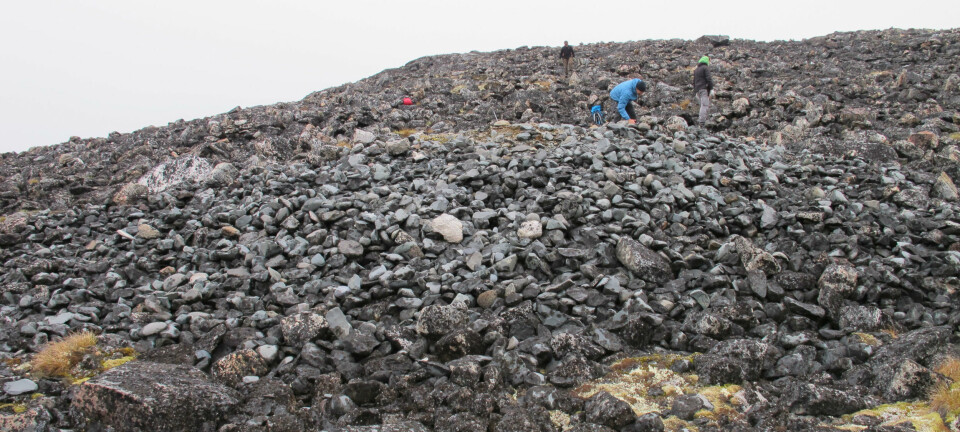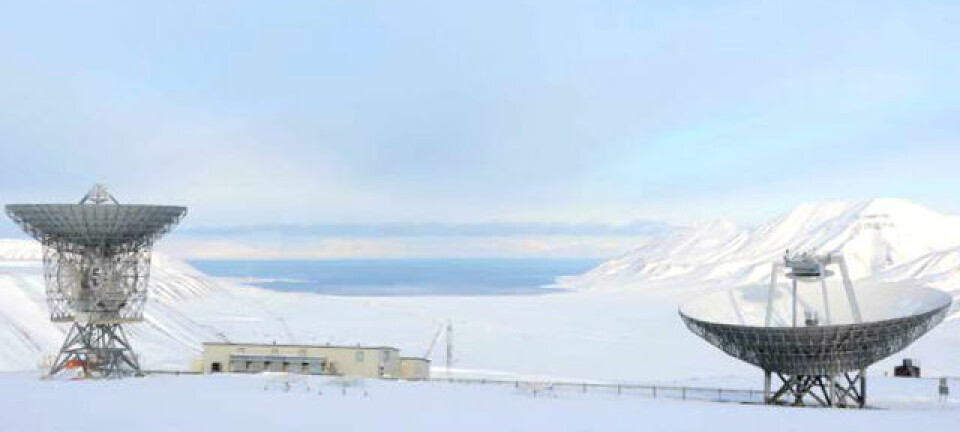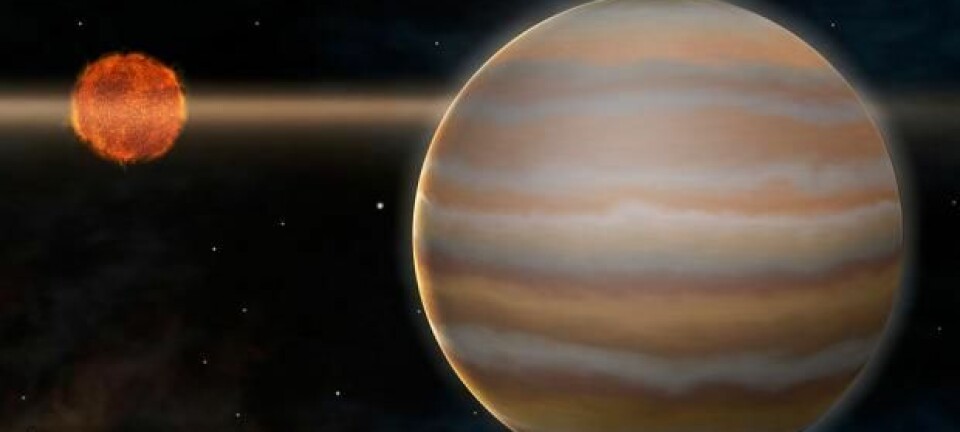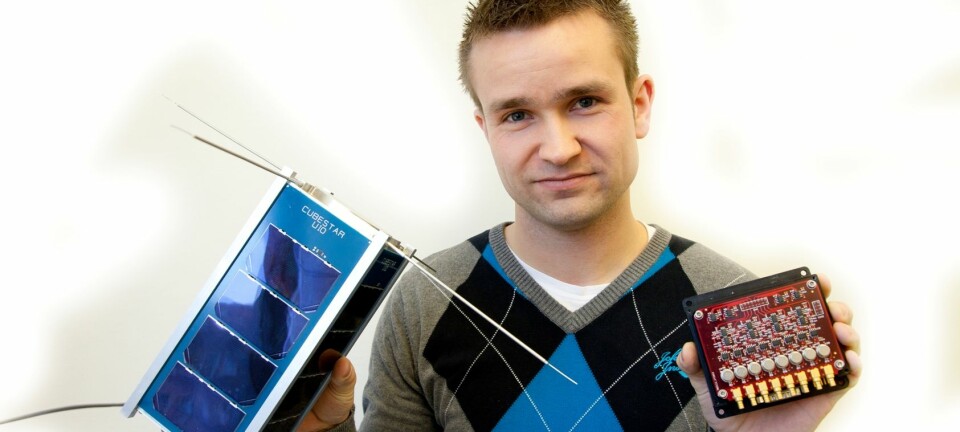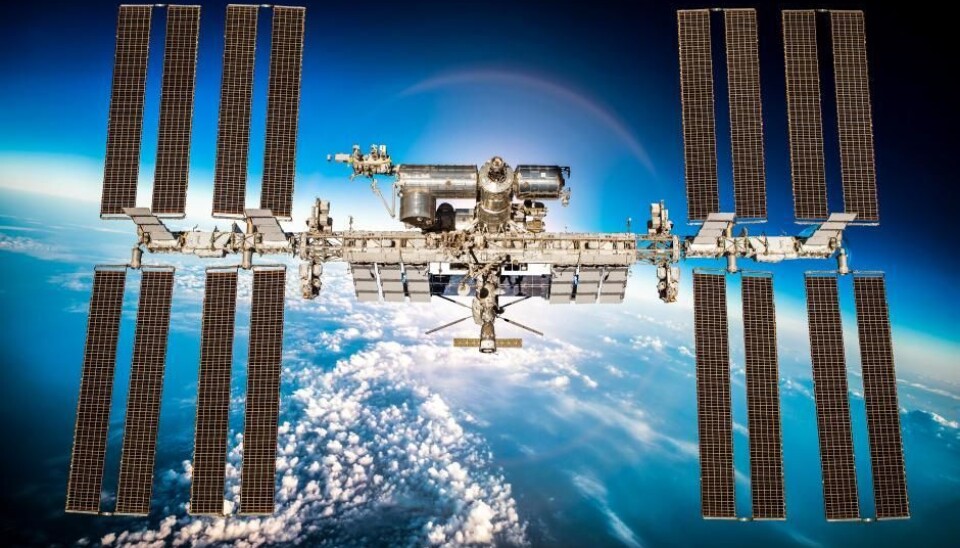
Studying astronaut headaches could help patients on Earth
A cure for headaches and impaired vision may be found by studying astronauts in space as well as patients on Earth.
Eighteen years ago, Lonnie Petersen embarked on a research project to understand blood pressure regulation in the brain.
It all began in 1998, when Petersen applied for and won funds to start her own research project while she was still in school, as part of a Danish Youth Research Program.
“We measured the volume of liquid distribution, heart function and blood pressure regulation in microgravity,” says Petersen, who is now a postdoc with the Panum Institute, University of Copenhagen, Denmark.
Studying the body while weightless
Petersen continues to study gravitational stress-related physiology, that is to say how the body behaves during weightlessness.
In early 2016, she was awarded funding to the tune of 3.8 million kroner by Novo Nordisk Foundation, and now she has secured an additional 144,000 kroner from the Danish Council for Independent Research, as part of the Sapere Aude program.
She will use the funds to study the relationship between the symptoms that astronauts exhibit while in space and the symptoms suffered by patients with high blood pressure in the brain here on Earth.
Among the list of symptoms are headaches, impaired vision, and water retention at the back of the eye.
New method to regulate brain pressure
“It looks like the brain’s pressure regulatory systems don’t work properly in astronauts. And if that’s correct it means that our normal pressure regulation in the brain depends on the gravitational stress here on Earth,” says Petersen.
In the long run she hopes to introduce a new method to regulate brain pressure in astronauts in space as we do with neurological and neurosurgery patients here on Earth.
“The long term goal is to find out if we can imitate the gravitational stress effects and exploit them to help the brain restore its natural brain pressure,” she says.
Astronauts and patients will help each other
The main part of the project will be conducted in collaboration with NASA, and by the University of California and the Johnson Space Center in Houston, USA. While the clinical studies will take place at Rigshospitalet in Denmark.
“Space research is best performed as a collaboration. And I’ve worked with many of these partners for several years,” says Petersen.
NASA space medicine expert welcomes project
Peter Norsk, chief scientist at Johnson Space Center, NASA, is not involved in the new project, but he is impressed with it and has published on the subject himself.
“It’s a very relevant project because the astronauts have a problem in space. Down in the gravitational field [on Earth], we’re upright about two-thirds of the time--when we sit down, walk, stand, and move around. We only lie horizontally [...] when we sleep. But astronauts are not exposed to the gravitational field and that is probably why they get headaches and visual disturbances,” says Norsk.
“We think it’s due to the water retention in the head, but we don’t know with certainty. So it’s really good to investigate it,” he says.
---------------------
Read the Danish version of this article on Videnskab.dk
Translated by: Catherine Jex

